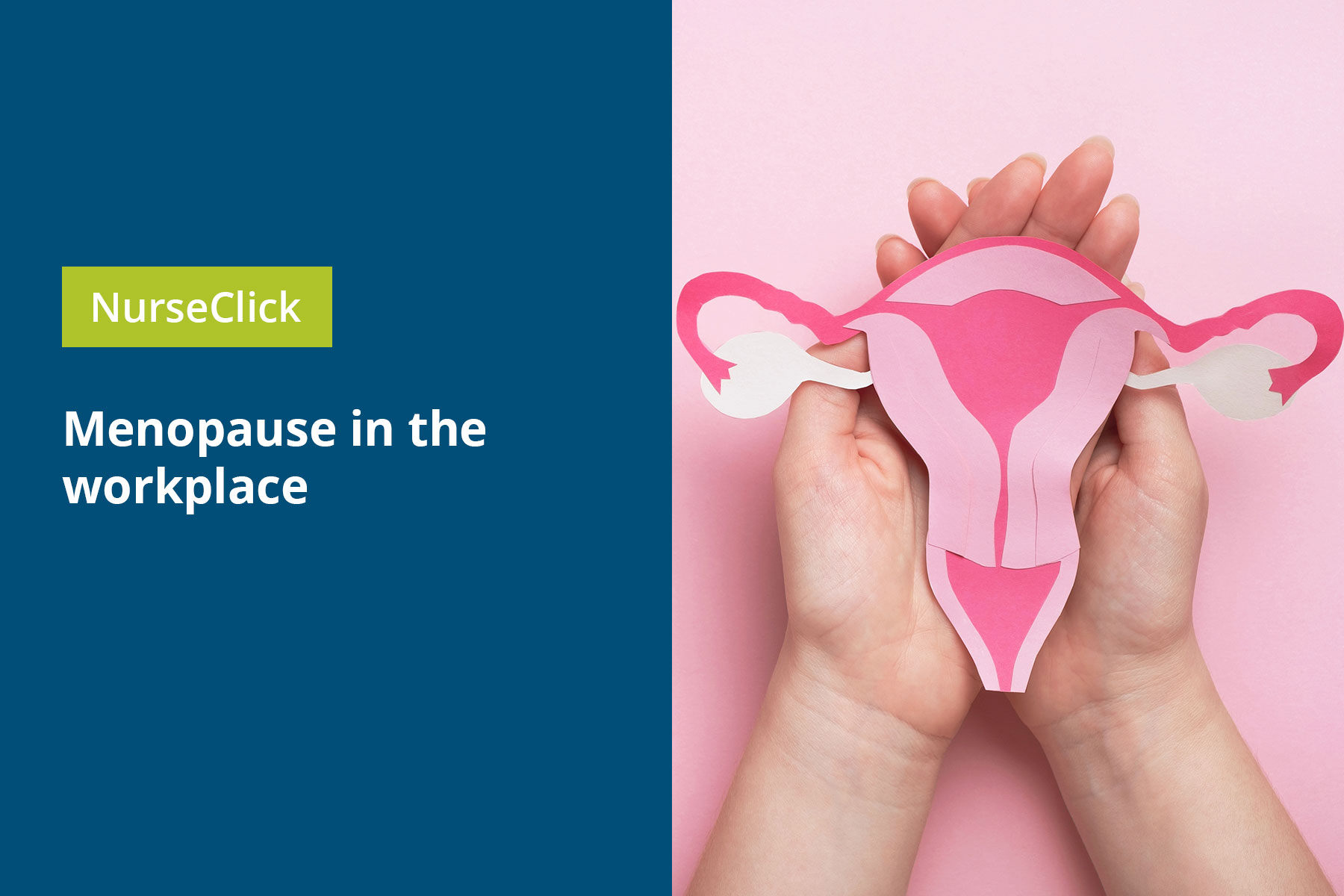A total of 487,753 nurses and midwives were registered for clinical practice in Australia in the reporting period of April to June 2023 (Nursing and Midwifery Board of Australia, 2023). The importance of nurses and midwives within our healthcare system cannot be overemphasised as we account for 58.6 per cent of all healthcare practitioners nationally (Australian Health Practitioner Regulation Agency, 2023). Aligned with global trends, Australia is experiencing workforce shortages for both nursing and midwifery that are projected to continue well into the future. Previous workforce supply projections (Health Workforce Australia, 2014) did not anticipate the COVID-19 pandemic which amplified existing stresses within healthcare systems across the world with nurses and midwives choosing to retire early or leave the professions for other employment (Berlin et al., 2022, Martin et al., 2023). While a combination of strategies around retention, domestic and international recruitment, and return to practice are needed to ensure an adequate workforce, attention must be given to the workplace environment and its role in supporting and valuing nurses (Berlin et al., 2022, Peters, 2023).
In considering and defining healthy workplaces the World Health Organization draws on its current definition of health and highlights the physical, psychosocial, and personal aspects of wellbeing for the employee. It asserts that the health of the individual worker and that of the organisation are inextricably linked, with healthy workers ensuring healthy organisations and vice versa. Healthy workplaces go beyond the prevention of injury, with their previous focus on physical health, and now include the protection and promotion of employees’ overall health. Employees are also seen to have agency and partnerships between employees and managers are integral to a continuous process of improvement to ensure health, safety and wellbeing within the workplace. Health and safety concerns include the physical and psychosocial workplace environment and incorporate aspects such as how work is organised and the culture within which this work occurs. Organisations are also required to provide their employees with personal health resources and broaden their reach to work with the wider community to improve the health of employees, their families and community members. Other key aspects are inclusivity and diversity within the workplace where disparities among cohorts of employees or difficulties specific to certain cohorts are recognised and addressed. It highlights that older employees and those living with chronic disease or disability should be supported and accommodated within the workplace (World Health Organization, 2010).
With this definition in mind, we need to consider our nursing and midwifery workforce where 41.7 per cent are mature-age workers aged ≥ 45 years (Nursing and Midwifery Board of Australia, 2023). Supporting this large cohort of workers by providing a healthy workplace that not only prevents injury but also protects and promotes their health and welfare is essential to retaining them within our numbers and maintaining an effective nursing and midwifery workforce. The gender distribution of workers is another aspect for consideration given that health and wellbeing are gendered issues and impacted by biological differences along with the social determinants of health. While nursing and midwifery have seen an increase in men entering the professions, we are still female-dominated with 87.5 per cent of nurses and 98.5 per cent of midwives identifying as female. Despite legal protections such as “the Sex Discrimination Act (1984), the Disability Discrimination Act (1992), the Age Discrimination Act (2004) and the Fair Work Act (2009)” women still experience being ‘othered’ within the workplace where their reproductive and biological functioning can result in their marginalisation (Atkinson et al., 2020: 53). While we have made strides concerning pregnancy and parenting, maintaining ongoing employment while attending to the important societal role of childbearing is not without its price for these women and results in them having to reduce their hours, opt for casual appointments or have long career-breaks, all of which affect their long-term career progression and financial security. For mature-age cis women workers menopause is a naturally occurring event but unlike pregnancy has a negative societal connotation due to its link with ageing (Atkinson et al., 2020). As such, we still have a long way to go with normalising its occurrence within the workplace.
So why do we need to consider menopause within the workplace? As mentioned, the gender distribution within both nursing and midwifery is heavily weighted towards workers who identify as female. Menopause will naturally occur for cis women as well as for some who identify as transgender or gender non-conforming. While the experience of menopause will be different among cis women, affecting them in varied ways and degrees, the perimenopausal period has the potential to impact the work experience of these individuals (Atkinson et al., 2020). There are currently 27.5 per cent of nurses and midwives in Australia (Nursing and Midwifery Board of Australia, 2023) who fall into the 45 – 59-year age category, the period in which cis women usually commence their transition to menopause. There is limited evidence examining the experiences of nurses and midwives as they transition to menopause, however, available evidence indicates that menopausal nurses’ quality of life is negatively impacted by environmental factors within the workplace such as working in confined, crowded, noisy spaces with poor workstation design. Factors that further compound the effects of menopause are increasingly difficult and heavy workloads with high stress levels and unstable and interrupted work patterns (Theis et al., 2023).
“We need a call to action, to shine a light on this previously taboo subject and have open dialogue advocating for menopause in the workplace.”
If we revisit the definition of healthy workplaces, we are reminded of the reciprocal link between the wellbeing of the organisation and that of its workers. A significant proportion of our nursing and midwifery workforce are in the perimenopausal period and may experience menopausal symptoms that include vasomotor symptoms, insomnia and mood changes which can impact their physical, psychosocial, and cognitive health and wellbeing. We need a call to action, to shine a light on this previously taboo subject and have open dialogue advocating for menopause in the workplace support through specialised occupational health initiatives, including symptom management, psychological support, attention to co-morbidities (given the link to ageing) and, appropriate adaptation of the work environment (Theis et al., 2023). It is important that we prevent the loss of these ‘knowledge workers’ with their cumulative professional knowledge and expertise from our professions, ensuring their continued employment, career progression and financial security, and a sound healthcare system.
Atkinson et al. (2020) put forward four reasons for workplaces to provide menopause in the workplace policies, supports and accommodations. Firstly, they highlight that it is the social responsibility of organisations to ensure that women continue to work for as long as they want to. The second reason is that the number of women entering and remaining within the workforce is growing, of note, Australian labour force participation for women aged 55 – 64 was almost double that of men of the same age for the period 2009 – 2018. This indicates that older women are remaining within the workplace for longer. The third imperative links to the earlier discussion of protections under the law, where employers cannot legally discriminate on the basis of gender or age. Finally, Atkinson et al. (2020) argue the wellbeing of the business itself. While they caution us about the current contradictory evidence on how menopause might affect women’s productivity in the workplace, menopause symptoms might negatively impact women’s experience of work and their work intentions. While leaving work results in financial insecurity for the worker, it is also very costly to the business to replace the worker. Hence it is better for both the worker and the business that retention issues associated with menopause be investigated and that appropriate supports and accommodations be put in place. These reasons hold true for the nursing and midwifery workforce, hence further research is needed to understand the phenomenon of menopause in the workplace from the perspectives of stakeholders to enable proactive strategies to support, retain and maximise these critical healthcare providers.
This article was originally published in the Autumn 2024 edition of ACN’s quarterly member publication The Hive. Members can access all past editions of The Hive on MyACN. Non-members can get a sneak peek by viewing our open-access articles.
By Associate Professor Ravani Duggan MACN

By Joanne Reid

References
ATKINSON, C., BECK, V., BREWIS, J., DAVIES, A. & DUBERLEY, J. 2020. Menopause and the workplace: New directions in HRM research and HR practice. Human Resource Management Journal, 31, 49-64.
AUSTRALIAN HEALTH PRACTITIONER REGULATION AGENCY. 2023. Ahpra and National Boards annual report 2022/23. Available: https://www.ahpra.gov.au/Publications/Annual-reports/Annual-report-2023.aspx.
BERLIN, G., BRUCE, D., PAPOINTE, M., LUTHRA, K. & MAUD, M. 2022. Should I stay, or should I go? Australia’s nurse retention dilemma. Available: https://www.mckinsey.com/industries/healthcare/our-insights/should-i-stay-or-should-i-go-australias-nurse-retention-dilemma.
HEALTH WORKFORCE AUSTRALIA. 2014. Australia’s Future Health Workforce – Nurses Detailed. Available: https://www.health.gov.au/sites/default/files/documents/2021/03/nurses-australia-s-future-health-workforce-reports-detailed-report.pdf.
MARTIN, B., KAMINSKI-OZTURK, N., O’HARA, C. & SMILEY, R. 2023. Examining the Impact of the COVID-19 Pandemic on Burnout and Stress Among U.S. Nurses. Journal of Nursing Regulation, 14, 4-12.
NURSING AND MIDWIFERY BOARD OF AUSTRALIA. 2023. Registrant Data. 01 April 2023 to 30 June 2023. Available: https://www.nursingmidwiferyboard.gov.au/About/Statistics.aspx.
PETERS, M. 2023. Time to solve persistent, pernicious and widespread nursing workforce shortages. International Nursing Review, 70, 247-253.
THEIS, S., BAUMGARTNER, S. J., JANKA, H., KOLOKYTHAS, A., SKALA, C. & STUTE, P. 2023. Quality of life in menopausal women in the workplace – a systematic review. Climacteric, 26, 80-87.
WORLD HEALTH ORGANIZATION. 2010. Healthy workplaces: a model for action: for employers, workers, policymakers and practitioners. Available: https://www.who.int/publications/i/item/9789241599313.





